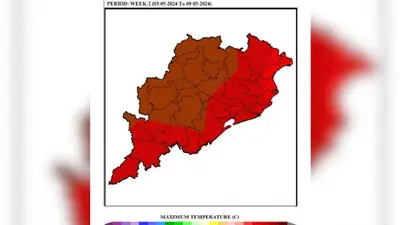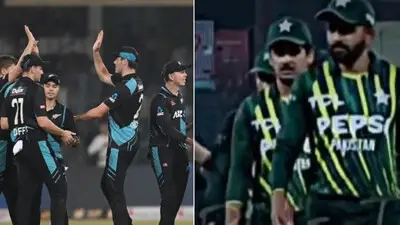Recommended Stories
With a number of hitherto unpublished works from the rare collection of London`s Victoria and Albert Museum (V&A) and Kolkata`s Victoria Memorial Hall, the new illustrated volume of `Kalighat Paintings` (Mapin Publishing) comes a treasure trove for art lovers.
Known as `pat` in Bengali, Kalighat paintings had evolved in the nineteenth century as a popular urban folk art form for the masses with traditional scroll painters or `patuas` putting up stalls near the Kalighat temple. "Although historically they circulated within the social milieu of nineteenth-century Kolkata, their universal appeal went much further, inspiring the later works of Indian and European twentieth-century artists," V&A Museum`s director Martin Roth says.
The museum holds the world`s largest collection of Kalighat paintings. Long after the unique tradition died out of Kolkata during early decades of the twentieth century, eminent artists like Jamini Roy and Fernand Ledger are believed to have turned to them as a source of influence for their works.
Reflecting a new language, these paintings recorded the changes in lifestyles, values, and a new visual vocabulary which catered to the transient, urban populace. The traditionally inherited techniques and iconography were blended with the use of watercolours and Western academic shading, to show frames of a changing society.
Rekindling interest in the long-forgotten art form, the book, through the prism of Kalighat paintings, traces history by highlighting socio-cultural traits of Kolkata as well as rural Bengal.
One of them is the infamous Tarakeshwar affair of 1873, which were headlines once. A series of paintings documents the scandal where a Bengali government servant decapitates her wife Elokeshi after she is found having an affair with the priest of Tarakeshwar temple.
The husband, who had later surrendered before the police, was convicted by the Britishers along with the priest. The bitterness enmeshed with the affair and the tragedy that followed are vividly depicted in the imaginary scenes.
Reflecting the sentiments of the lower socio-economic classes of the times, the works highlight the corrupt and hypocritical elements in the socio-religious establishments of the period, says one of the articles in the book.
The most appealing aspects of the style of Kalighat paintings are the wonderful gestures, flawless rhythmic strokes and quality of brushwork. The technique used is quite simple but the final outcome is bold and extremely attractive.
Besides touching religious subjects like scenes from the life of Krishna, epics like Ramayana and Mahabharata, the paintings were also used as a medium for presenting social satires and commentaries.
In the 1870s, the Kalighat `patuas` began to properly lampoon the Kolkata `babu`. The social changes wrought amongst Kolkata`s rising urban elite during their interaction with Western ideas and lifestyle had given birth to `Babu Culture`.
Characterised by fancy Western-style shoes, umbrella and bag, a pleated `dhoti` (sometimes seen as a symbol of loose morals and extravagant lifestyle), a fashionable `Prince Albert` hairstyle and a youthful face became an indicator of the city`s nouveaux riches.
The artists expanded the menagerie of their earlier sacred image to include those of foppish babus, trendy `bibis`, dimwit dandies and seductive courtesans. To show the enduring appeal of the genre in the twenty- first century, the last section in the book displays contemporary works by artists from Midnapore and Birbhum districts.












